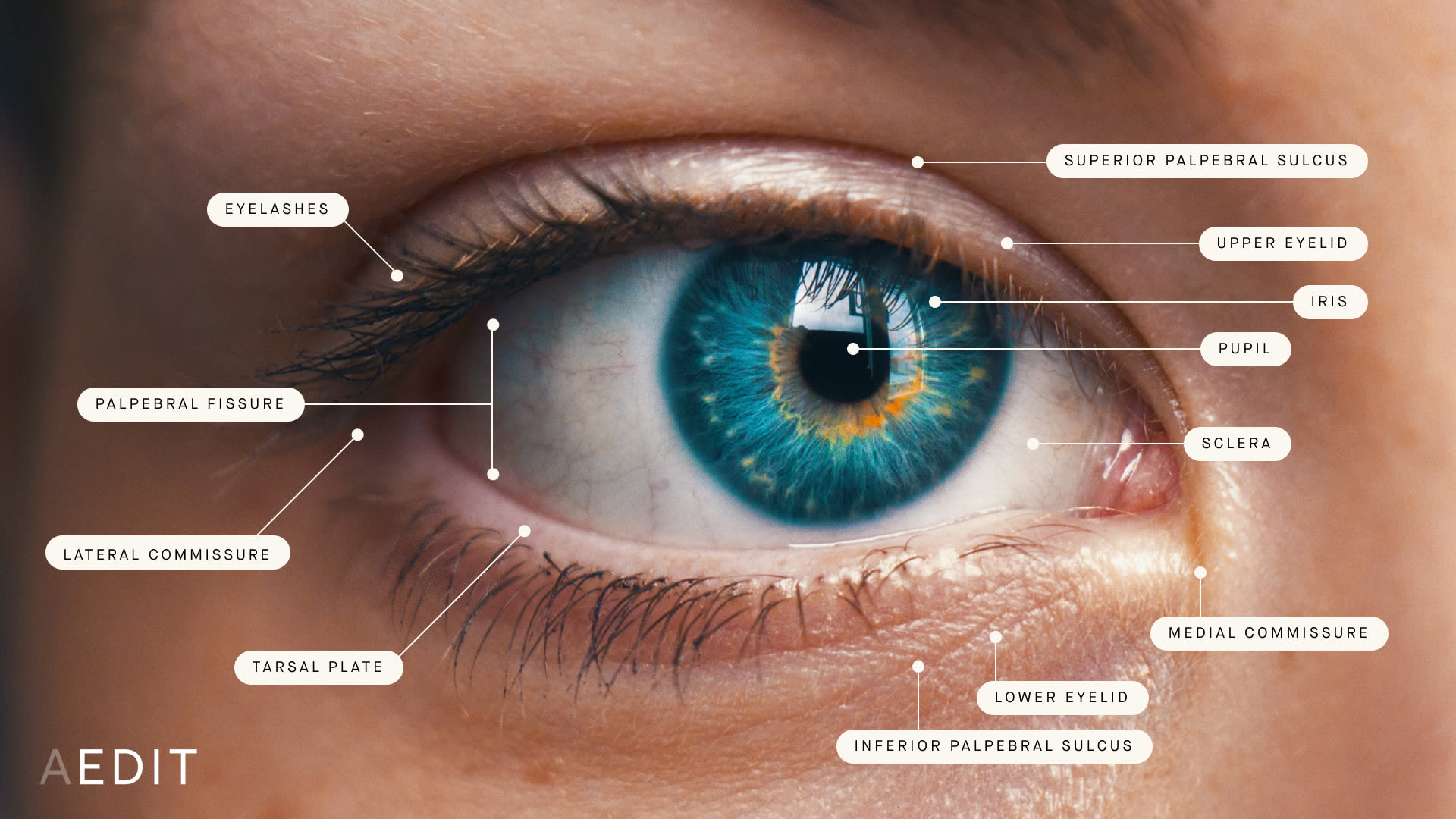Sagging & Hooded Eyelids
No one wants to look like Sleepy from the Seven Dwarves, but eyelid drooping and sagging is a common concern for many individuals regardless of age, gender, or race.
Content Reviewed by AEDIT Medical Advisory Board
The average person blinks over 28,000 times a day. That’s a lot of work for the upper eyelids and lower eyelids. It’s no wonder then the eye is one of the first areas of the body to show signs of aging. This kind of daily wear and tear would break down even the most well built machines, and so eyelid problems are common and can lead to undesirable eye appearance, and even certain medical eye conditions.
As eyelids droop and sag they create an aged aesthetic and can also cause dry eyes and excessive tearing due to the natural eyelid function being altered. Eye drops and artificial tears can alleviate some of these side effects, but, unfortunately, do not address the age related changes or underlying cause.
Fortunately numerous cosmetic procedures exist to address these eye concerns. The American Academy of Plastic Surgeons reports blepharoplasty (a.k.a. eyelid surgery) was one of the top five cosmetic procedures in 2018. To better understand your unique concern, a consideration of eye anatomy, and the classification of eyelid abnormalities, can assist in making an educated decision on the risks and benefits of pursuing an eyelid procedure.
The eye socket is composed of four bones. The frontal bone of the skull (forehead) defines the upper portion, and contains the brow ridge (superciliary arch). The lower portion is formed by the zygomatic bone and the maxilla (upper jaw). Two small lacrimal bones sit next to the nose to complete the circular orbital area.
The Anatomy of the Eye
The eyeball sits within the eye socket suspended by small ocular muscles, which control eyeball movement, ligaments, and the large optic nerve. The eyeball consists of the clear cornea, white sclera, and pigmented iris. The iris is adjusted by the sphincter muscle which circularly constricts or dilates to change pupil size and the amount of incoming light.
The skin, fat, and muscle tissue surrounding the eye is comparatively very thin. Facial muscles provide an extensive and continuous range of motion for expression. The lacrimal gland sits under the skin on the upper outer eye and produces tears which run down and towards the nose into the collecting duct. The lacrimal caruncle is the red mound on the medial (towards the nose) portion of the eye which produces secretions for eyeball lubrication.
The upper eyelid and lower eyelid are lined on the inside with conjunctival tissue, contain the hair follicles for eyelashes on their margins, and meet at the medial (nose side) and lateral (ear side) canthi. They are controlled by small eyelid muscles. The palpebral fissure is the natural separation of the eyelids when open.
Sagging and hooded eyelids can be caused by genetics, certain medical conditions, and natural aging. As we age, the already thin skin around the eye continues to degrade due to progressively decreasing collagen and elastin production (two important substances for skin elasticity and appearance), while we simultaneously accumulate years of daily wear and tear leading to accompanying muscle weakness. These factors cause eyelids and the skin around the eye to lose its structure and begin to droop or sag.
Genetics also plays a major role in eyelid appearance. People of all ethnic groups may experience naturally hooded or sagging eyelids, however, individuals of Asian descent are especially predisposed to hooded eyelids or a so-called monolid. It is believed that thousands of years of fine tuning by Mother Nature has naturally led to Asian people lacking a distinct upper eyelid crease or supra palpebral fold due to underlying bone structure and accommodations for the environment many Asian ethnicities originated in.
There are numerous distinct and unique concerns related to the appearance of both the upper eyelid and lower eyelid. The umbrella term “eyelid malpositioning” captures abnormalities of the normally six to seven millimeter space from the eyelid crease to the eyelid margin. Medical terms like entropion (inward turning of the eyelid), and ectropion (outward turning of the eyelid) may be contributing factors to overall malpositioning. The subcategories of hooded and sagging eyelids are detailed below:
Whether caused by genetics or acquired through aging, trauma, or medical illness, individuals with sagging or hooded eyelids that interfere with appearance, or possibly vision, may consider an eyelid procedure.
Individuals of Asian descent can benefit from unique and highly specialized procedures for addressing hooded eyelids. Any candidate with eyelid malpositioning or other abnormalities who has ruled out underlying medical illness can consult with a plastic surgeon to determine their best treatment option.
Blepharoplasty is the umbrella term for surgeries performed on the upper eyelid or lower eyelid. Depending on your unique concern, numerous procedures with varying levels of invasiveness exist to alter eyelid anatomy restoring both appearance and function.
These procedures are generally aimed at correcting the position and function of the upper eyelid by altering the connection of the eyelid to the musculature surrounding the upper portion of the orbit. Eyelid Ptosis Surgery External Approach, Eyelid Ptosis Surgery Internal Approach, and Eyelid Ptosis Frontalis Sling Fixation are different techniques for accomplishing this.
There are various classifications of eyelid malpositioning that can be corrected with different procedures depending on the specific concern.
These surgeries are mostly aimed towards individuals of Asisan ancestry to correct the lack of a definitive upper eyelid crease. Asian Blepharoplasty, Asian Blepharoplasty Open Incisional Approach, and Asian Blepharoplasty Partial Incisional Suture Technique utilize slightly different surgical techniques to reconstruct the supra palpebral fold.
For a comprehensive look at all the treatment options outlined above, check out our guide to Eyelid Correction Solutions.

